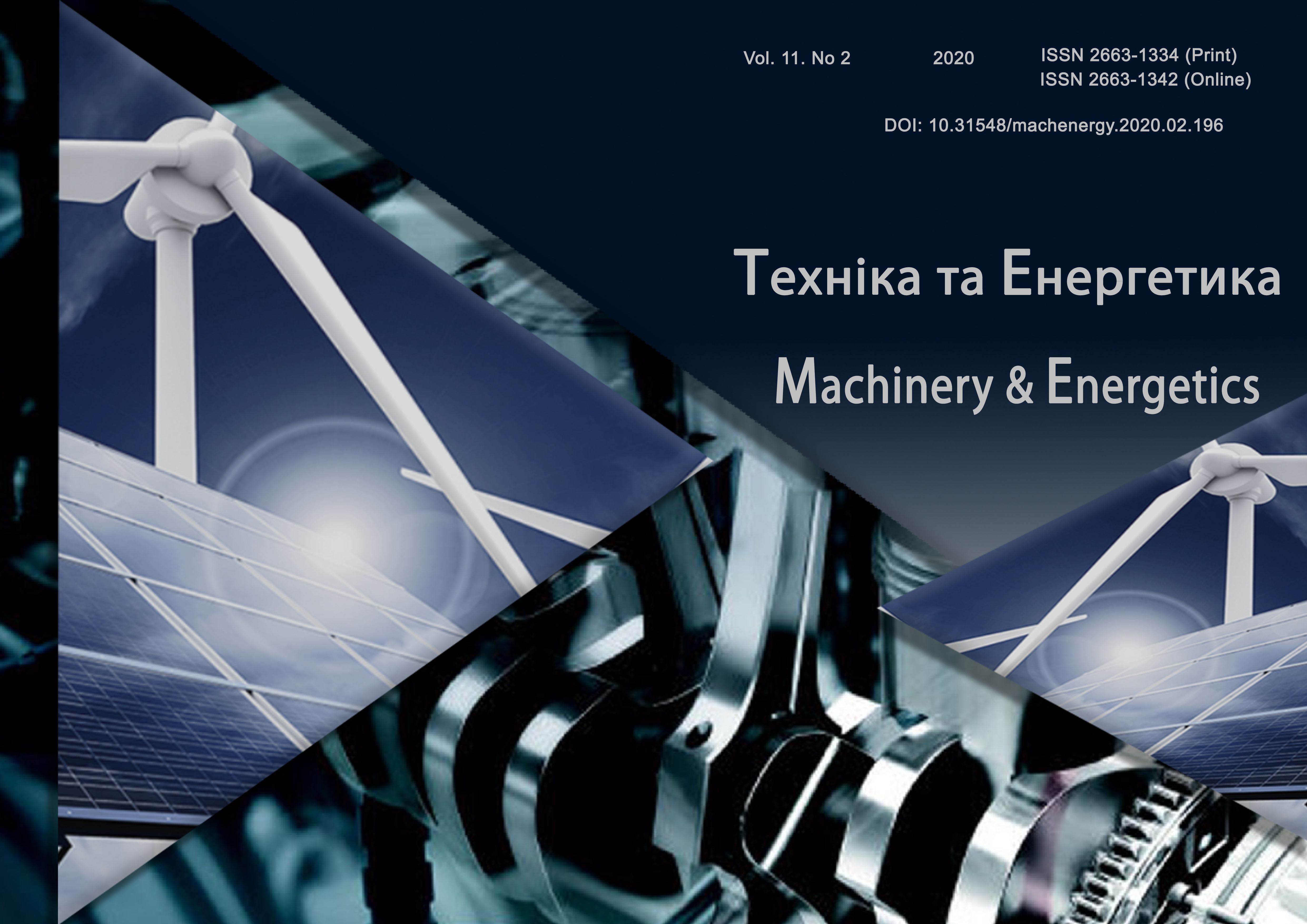Harrow section movement sustainability analysis
DOI:
https://doi.org/10.31548/machenergy2020.02.095Keywords:
harrow, harrowing, harrowing section, turn angle, movement sustainability.Abstract
The article discusses the sustainability dynamics in the longitude-vertical plane one trailed harrow section designed for fallow treatment. Deviation this dynamical system from the horizontal plane have accepted as the main estimated parameter. Theoretical studies have allowed received such as results. The fewer the distance between row tines of zigzag harrow section, the fewer its deviation amplitude and phase from the equilibrium state. When the attachment point coordinate of the harrow dragbars is increased from 0 to 0.2 m, its angle and time deviation from the equilibrium state is half as many that it is the desired result. When the harrow section has rational design parameters, its turn angle in the longitude-vertical plane does not exceed -3o, and time its output to the equilibrium state does not exceed 16 s. On soils with light grading, which have a low value of the vertical movement resistance coefficient of the harrow tines, time its output to the equilibrium state is reduced from 16 to 0.7 s.References
Nadykto V. T., Tikhovod M. A. (2020). The role of vapors in the preservation and accumulation of soil moisture. Proceedings of the Tavriya State Agrotechnological University. Vol. 20. Issue 2. P. 3-23.
Kolomiets A. P. (1974). Harrow-cultivator on beet plantations. Sugar beet. №3. P. 14-16.
Radchenko A. G. (1972). Theoretical foundations of layer-by-layer tillage. Questions of agricultural techniques for obtaining high yields. Kyiv. VNIS. P. 28-32.
Unusov G. S. (2001). Development of block-modular unit for pre-sowing tillage. MarSU. Yoshkar-Ola. 140 p.
Trufanov V. V. (1986). The results of the study of dental harrows of new design. Tractors and agricultural machinery. №4. P. 12-14.
Khalanskiy V. M., Khodaey D. (2005). The results of tests of experimental dental harrow with active working bodies. Tractors and agricultural machinery. №11. P. 9-12.
Bosoy E. S., Vernyaev O. V., Smirnov I. I., etc. (1977). Theory, design and calculation of agricultural machinery. Ed. E. S. Bosoy. Moscow. Mechanical engineering. 568 p.
Bulgakov V. M., Yaremenko V. V., Chernish O. M., Berezoviy M. G. (2017). Theoretical mechanics: textbook. Kyiv. Center for Educational Literature. 640 p.
Zhuk A. F. (2013). Study of tillage wedge with soil growth. Mechanization and electrification of agriculture. Vol. 97. P. 28-33.
Bronshteyn I. N., Semendyaev K. A. (1981). Handbook of mathematics for engineers and university students. Moscow. Science. 720 p.
Samoylenko A. M., Perestuk M. O., Parasuk I. O. (2003). Differential equations. Kyiv. Lybid. 600 p.
Downloads
Published
Issue
Section
License
Relationship between right holders and users shall be governed by the terms of the license Creative Commons Attribution – non-commercial – Distribution On Same Conditions 4.0 international (CC BY-NC-SA 4.0):https://creativecommons.org/licenses/by-nc-sa/4.0/deed.uk
Authors who publish with this journal agree to the following terms:
- Authors retain copyright and grant the journal right of first publication with the work simultaneously licensed under a Creative Commons Attribution License that allows others to share the work with an acknowledgement of the work's authorship and initial publication in this journal.
- Authors are able to enter into separate, additional contractual arrangements for the non-exclusive distribution of the journal's published version of the work (e.g., post it to an institutional repository or publish it in a book), with an acknowledgement of its initial publication in this journal.
- Authors are permitted and encouraged to post their work online (e.g., in institutional repositories or on their website) prior to and during the submission process, as it can lead to productive exchanges, as well as earlier and greater citation of published work (See The Effect of Open Access).

